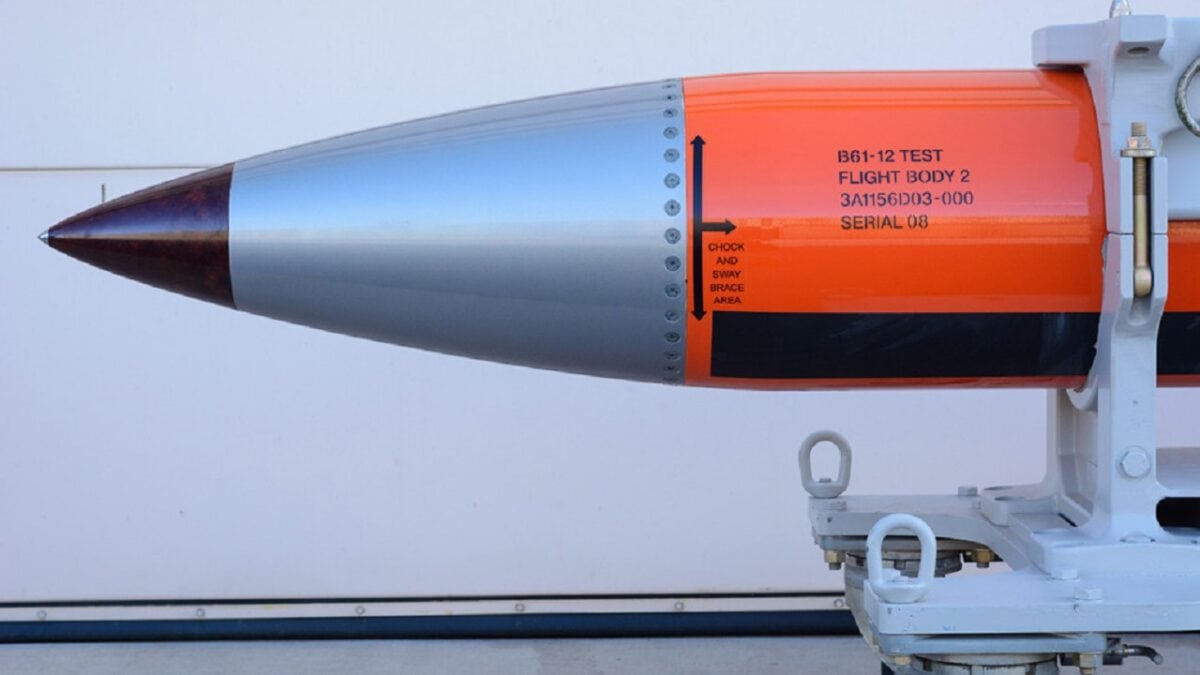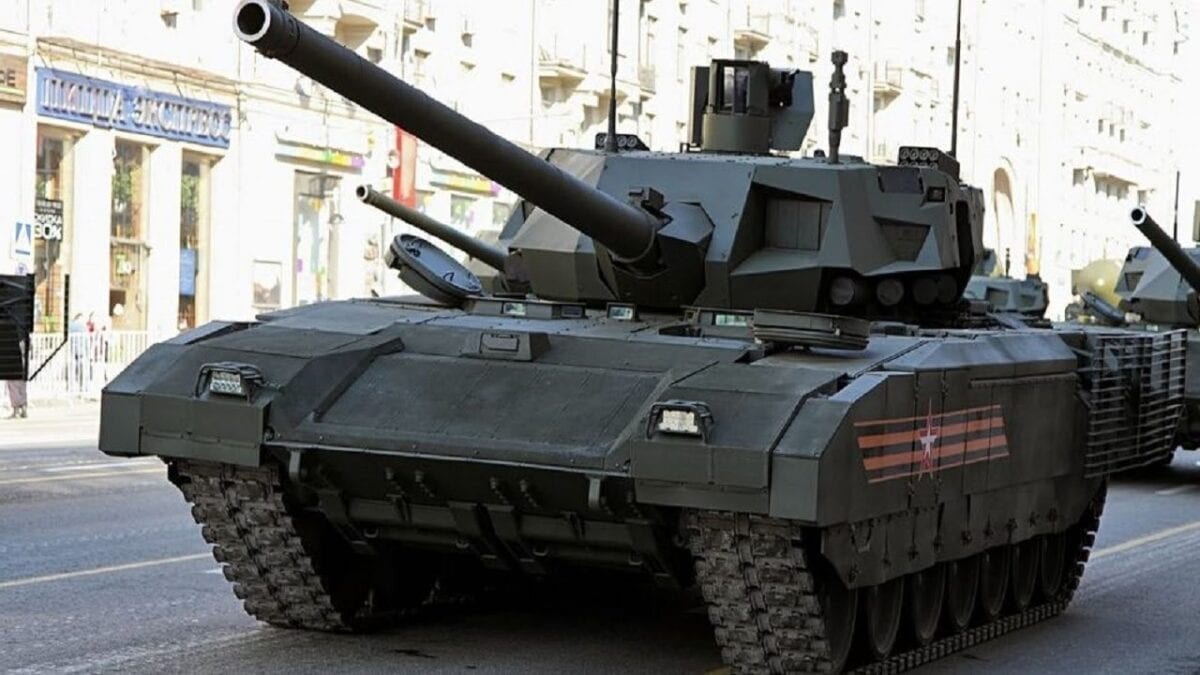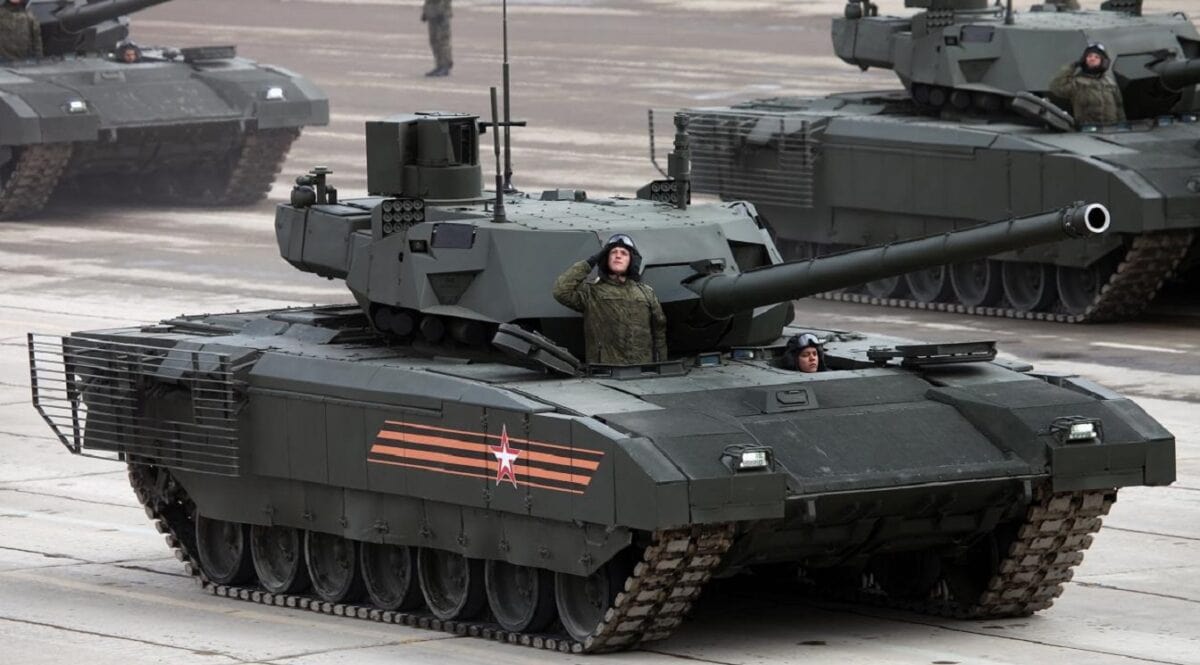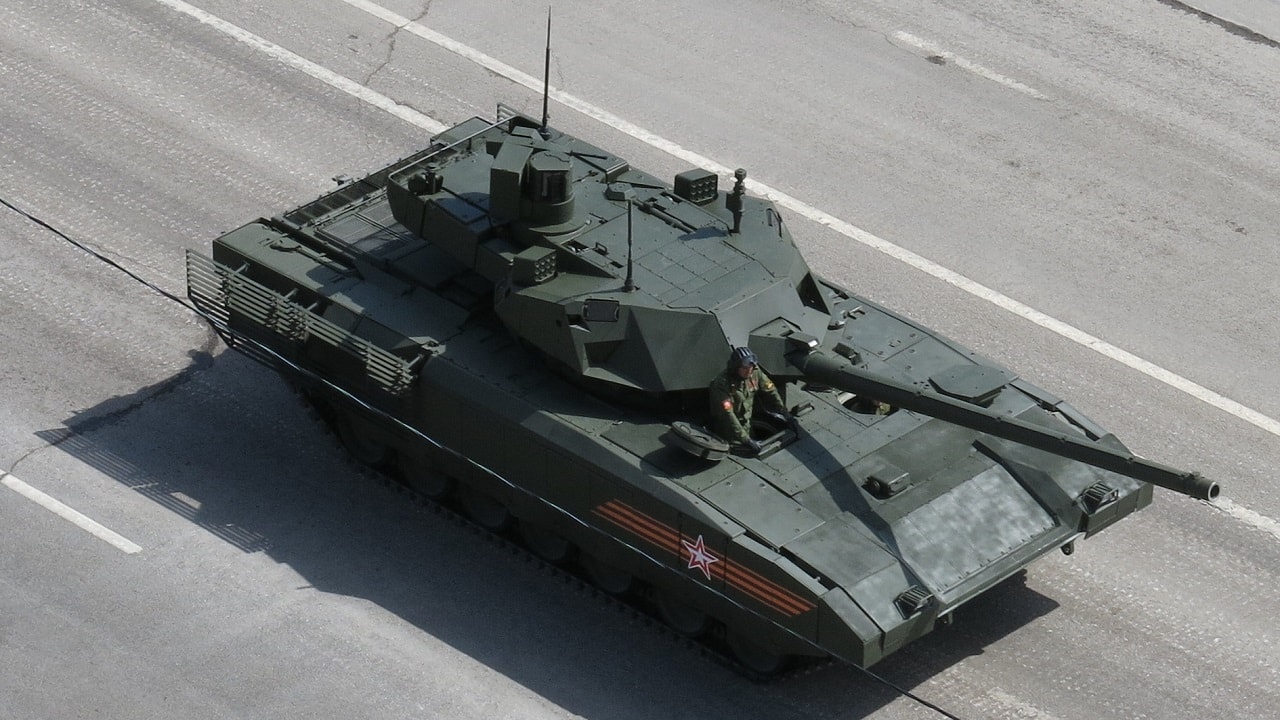Russia still has many weapons it could use to try and win the war in Ukraine: It is hard to believe, but after months of fighting Ukraine, the Russians have yet to use some of their most powerful weapons. Some of these arms are not likely to make an appearance on the battlefield any time soon, but they do give Russia a number of especially destructive options to fall back on. Tactical nuclear warheads come to mind, because Russian President Vladimir Putin has threatened their use. Beyond that option, Russia does have a modern tank that is probably not ready for prime time; a land-attack cruise missile that is in reserve; a doomsday torpedo; and even a space weapon that could destroy American satellites by creating dangerous debris fields.
Battlefield Nuclear Weapons
The Russians might grow so frustrated with their performance in Ukraine that they resort to using one of the estimated 2,000 tactical battlefield nuclear weapons they have in reserve. These could be delivered by Iskander land-attack missiles for dramatic effect. It is not clear what the U.S. or NATO response would be if the Russians did the unthinkable. A more likely scenario would be for the Russians to test a nuclear device in Kazakhstan. This would show the West that Putin means business.

US Military B-61 nuclear weapon. Image Credit: US DOD.
Nuclear Torpedoes: A Black Sea Threat
Another nuclear-capable system is the Poseidon atomic torpedo. The Poseidon is 7 feet in diameter and 65 feet long, and it weighs 100 tons. It glides through the waves at an estimated speed of 70 knots. The Poseidon is larger than the U.S. Navy’s Mark 48 torpedo, which weighs 3,500 pounds. The nuclear warhead can be up to two megatons. The Poseidon is not supposed to enter service for another five years. If the war goes long, or if it eventually turns into a frozen conflict, this nuclear torpedo could threaten the port of Odessa.
Russia’s T-14 Armata Tank: Loaded with Features
Russia is more likely to bring new tanks to the battlefield than they are to use tactical nuclear weapons. The T-14 Armata main battle tank has a fearsome reputation, but Russia just can’t get it to the front lines. Observers suspect that Western sanctions have made serial manufacturing of the T-14 impossible. If the tank reaches Ukraine, its unmanned turret would provide more survivability against anti-tank missiles such as the Javelin and NLAW that are wreaking havoc on Russian armor. The T-14 has a 125-mm smoothbore gun and an automated loader. The main gun is also designed to fire laser-guided missiles.

T-14 Armata. Image Credit: Creative Commons.

Russian Armata T-14 Tank. Image Credit: Creative Commons.

Main battle tank T-14 object 148 on heavy unified tracked platform Armata.
Land Attack Cruise Missiles in Reserve
The Kh-555 air-launched land-attack cruise missile is perhaps in reserve. It might yet make an appearance. The Kh-555 entered service in 2004. It is a long-range standoff missile that is fired from the Tu-160 Blackjack strategic bomber. The Tu-160 can carry twelve Kh-555s. The missile’s 881-pound warhead can be high explosive, penetrating high explosive, or consist of submunitions. The cruise missile is guided by a GPS system.
Russia Starts Space Wars
Speaking of GPS, Russia could take the fight into outer space and endanger the American spy satellites that are sending intelligence to the Ukrainians. In November 2021, the Russians launched a space weapon in what is known as a direct-ascent anti-satellite test. The weapon destroyed one of Russia’s old satellites. The idea is to create a dangerous cloud of space debris from the satellite destruction that could destroy American satellites. It is not clear how the U.S. Space Force would react, but the new service branch does have plans to eliminate space debris fields in the future.
The T-14 Armata and the Kh-555 air-launched cruise missile would probably not make an appreciable difference in Russia’s war against Ukraine. They could give the Russians more ways to stymie Ukrainian counterattacks such as those unfolding in the Donbas region and outside Kharkiv. Russia is not likely to use tactical, low-yield nuclear weapons and space arms systems unless they perceive an existential threat. But they do have these capabilities, and that is enough to give Ukraine and its allies pause as the war moves toward stalemate.
Now serving as 1945’s Defense and National Security Editor, Brent M. Eastwood, PhD, is the author of Humans, Machines, and Data: Future Trends in Warfare. He is an Emerging Threats expert and former U.S. Army Infantry officer. You can follow him on Twitter @BMEastwood.

